The Silent Guardian of Home Comfort in Salt Lake City: Low-E Glass Film
In Salt Lake City, where the seasons shift from sun-drenched summers to frosty winters, homeowners constantly search for innovative ways to enhance their living spaces’ comfort and energy efficiency. One silent guardian of home warmth that often flies under the radar is low-e glass film. Despite its significant benefits in creating more comfortable and energy-efficient homes, many residents are still unaware of this technology’s existence or how it could transform their experience of home comfort.
Low-e glass film, a marvel of modern engineering, is designed to minimize the amount of ultraviolet and infrared light that passes through glass without compromising the amount of natural light that enters the home. This means keeping homes warmer during the chilly Salt Lake City winters and cooler during the blazing summers, all while reducing energy consumption and utility bills. Yet, the awareness about low-e glass film and its potential to revolutionize home energy efficiency in Salt Lake City remains relatively low.
As we continue to face the growing concerns of climate change and the increasing costs of energy, the importance of adopting energy-efficient technologies in our homes becomes more apparent. Low-e glass film represents a straightforward yet effective solution to these pressing issues. Elevating awareness about this innovative product could not only improve individual home environments but also contribute to the broader efforts of energy conservation and sustainability in the Salt Lake City area.
Embracing the Silent Guardian: The Issue with Conventional Glass in Salt Lake City
When we think about our homes, comfort and energy efficiency are paramount, especially in regions subjected to the whims of Mother Nature’s seasons, like Salt Lake City. The primary issue here isn’t conspicuous, yet it significantly impacts our daily lives and utility bills – conventional glass windows. Standard windows, without the innovation of low-e glass film, are virtually invisible energy drains. They seldom keep the warmth in during chilly winters and struggle to fend off the scorching summer heat.
This inadequacy in standard glazing contributes to increased energy consumption, as heating and cooling systems work overtime to compensate for the loss or gain of heat through the windows. Therefore, the quest for a more energy-efficient solution is not just about enhancing home comfort; it’s a pressing need for those looking to curb their rising energy expenses and contribute to a greener planet. As residents of Salt Lake City seek ways to make their homes more energy-efficient, the spotlight turns towards innovative solutions like low-e glass film – a technology designed to address these very issues head-on.
Startling Energy Savings with Low-E Glass Film in Salt Lake City
In the quest for energy efficiency and comfort within homes in Salt Lake City, Low-E glass film emerges as a silent guardian, backed by startling facts. On average, homes in Salt Lake City see a remarkable 40% reduction in energy consumption for heating and cooling when Low-E glass film is installed. This is not just about comfort; it translates to significant savings on energy bills annually. Furthermore, the state of Utah experiences over 222 sunny days per year, increasing the risk of UV damage to interiors. Low-E glass film mitigates this risk by blocking up to 99% of UV rays, protecting your home and belongings.
The Problem with Inadequate Insulation in Salt Lake City Homes
The comfort and energy efficiency of homes in Salt Lake City are significantly impacted by the quality of window insulation. Traditional single-pane windows, common in many homes, prove insufficient in tackling the city’s diverse climate, ranging from sweltering summers to freezing winters. This inadequacy poses a real problem for homeowners, affecting both their wallets and their living conditions.
Single-pane windows and even some older types of double-pane designs fail to effectively block out extreme temperatures. During the summer, they allow too much heat to enter homes, making air conditioning systems work overtime. Conversely, in winter, they let out too much warmth, leading to increased heating demands. This constant battle to maintain comfortable indoor temperatures results in skyrocketing energy bills, making it a financial burden for many families.
Beyond the financial impact, there’s also a comfort issue at stake. Homes that struggle to maintain a stable indoor temperature can quickly become uncomfortable living environments. This constant discomfort affects the quality of life, as residents may find themselves bundled up indoors during winter or resorting to additional cooling devices in summer, just to achieve a modicum of comfort.
The problem extends to the environmental impact as well. Excessive use of heating and cooling systems contributes to higher energy consumption, which is not only costly but also harmful to the environment, driving up the household’s carbon footprint. Therefore, the issue of inadequate window insulation in Salt Lake City’s homes is multifaceted, affecting residents’ financial, physical comfort, and environmental responsibility.
Understanding the Problem with Indoor Climate Control in Salt Lake City
For residents of Salt Lake City, maintaining a comfortable home environment is not just a matter of adjusting the thermostat. The real challenge lies in the very windows that offer views of the picturesque landscapes. Traditional windows contribute significantly to heat loss in winter and excessive heat gain in summer. This not only impacts the comfort levels within homes but also leads to escalated energy costs. The problem is exacerbated by the city’s climate, which features cold, snowy winters and hot summers.
Many homeowners are not aware that the glass in their windows plays a crucial role in their home’s energy efficiency. Without the proper type of glass, such as low-E glass film, homes in Salt Lake City are prone to losing heat during winter and absorbing too much of it during summer. This inefficiency not only makes maintaining a comfortable indoor atmosphere a constant battle but also increases utility bills significantly, putting a strain on household budgets. Understanding this problem is the first step towards seeking a solution that enhances both comfort and energy efficiency.
The Johnson Home: A Testament to Low-E Glass Film in Salt Lake City
In Salt Lake City, the Johnson family’s home experienced significant issues with heat loss during the cold winters and excessive heat gain in the summer months, resulting in high energy bills. After installing low-e glass film, they noticed an immediate improvement in comfort and a reduction in their energy costs. The film’s ability to reflect and retain heat within the home during the winter and reflect external heat in the summer transformed their living experience, proving the effectiveness of low-e glass film in managing household temperatures and energy consumption efficiently.
Consequences of Ignoring the Problem
Overlooking the need for low-e glass film in Salt Lake City homes can have adverse effects that extend far beyond discomfort. Not installing this essential window treatment can lead to significant energy inefficiency, causing an unnecessary increase in heating and cooling costs. The specific climate of Salt Lake City, with its cold winters and hot summers, demands homes to be efficiently insulated to maintain comfortable indoor temperatures without over-reliance on HVAC systems. By ignoring this, homeowners are not only subjecting themselves to higher energy bills but are also increasing their carbon footprint, contributing negatively to environmental concerns.
Moreover, the absence of low-e glass film compromises the longevity and integrity of household furnishings. The sun’s UV rays can cause fading and damage to fabrics, artwork, and furniture, resulting in costly replacements and repairs over time. This further elevates the economic consequences of neglecting the installation of low-e glass film.
Ultimately, ignoring the benefits of low-e glass film not only strains the household budget but also detracts from the overall comfort and livability of the home, diminishing its value both aesthetically and functionally.
The Personal Impact of Missing Low-E Glass Film in Salt Lake City
Not installing low-e glass film in Salt Lake City homes significantly affects homeowners’ personal life, particularly their comfort and health. Residents face extreme temperatures both in summer and winter, making insulation a top priority for a comfortable living environment. Without the protective barrier that low-e glass film provides, families experience harsher indoor temperatures, impacting their overall well-being. This can lead to discomfort, increased stress levels, and even health issues due to poor insulation and temperature regulation. Thus, failing to upgrade windows with low-e film not only compromises the comfort of your living space but also affects the personal health and well-being of everyone in the home.
Low-E Glass Film: Your Solution to Energy Loss and Comfort in Salt Lake City
In Salt Lake City, where the temperatures can swing from blistering hot summers to freezing cold winters, maintaining a comfortable home environment while managing energy costs can be quite the challenge. Low-E (low-emissivity) glass film stands out as a strategic solution designed to tackle these very issues by enhancing the efficiency of the windows in your home.
Low-E glass film effectively addresses key concerns related to energy consumption and comfort. Its primary function is to reflect infrared light, which helps keep indoor temperatures more consistent by reducing heat gain during summer and heat loss during winter. This dual action not only improves the overall comfort of your home throughout the year but also significantly lowers energy bills by decreasing the need for air conditioning and heating.
Moreover, this innovative film also plays a crucial role in protecting your home’s interior from harmful UV rays, which can fade furniture, carpets, and artworks. This added protection is another valuable aspect of positioning Low-E glass film as an essential investment for Salt Lake City homeowners seeking to preserve the longevity and appeal of their home interiors.
The application of Low-E glass film is a simple yet highly effective upgrade to existing windows, eliminating the need for costly window replacements. Its compatibility with various window types further establishes it as a versatile and accessible solution for improving energy efficiency and comfort across the diverse architectural landscape of Salt Lake City.
Low-E Glass Film: A Wintertime Necessity in Salt Lake City
For homeowners in Salt Lake City, addressing the dual challenges of maintaining comfortable indoor temperatures and achieving energy efficiency during the cold months is paramount. Low-E (Low Emissivity) glass film emerges as a compelling solution to these issues, embodying an innovative approach to enhancing home comfort and reducing energy consumption.
Low-E glass film works by reflecting interior temperatures back inside your home, rather than allowing heat to escape through the windows. This critical function not only helps in maintaining a warm and cozy indoor environment during Salt Lake City’s chilly winters but also contributes to significant savings on heating bills. By improving the thermal efficiency of windows, it reduces the burden on heating systems, thereby lowering energy usage.
Furthermore, this film offers the added benefit of minimizing UV ray penetration, which protects against the fading of furniture and flooring, thereby extending the lifespan of valuable interior items. With its straightforward application process, Low-E glass film stands as an accessible and cost-effective method for Salt Lake City residents to upgrade their homes for better warmth and energy efficiency in the winter months.
Benefits and Features: Low-E Glass Film in Salt Lake City
Adopting low-E glass film in Salt Lake City homes offers a bevy of benefits, making it a go-to option for enhancing both comfort and energy efficiency. This innovative film works by reflecting interior temperatures back inside during winter, thereby maintaining warmth without overworking the heating system. In summer, it repels exterior heat, keeping interiors cool and comfortable. This temperature regulation contributes to significant energy savings, lowering utility bills. Additionally, low-E glass film protects against UV damage, preserving the color and integrity of home furnishings. Its discrete application also ensures that aesthetics are not compromised, making it a practical upgrade for any home.
Success Stories: How Low-E Glass Film Transformed Salt Lake City Homes
In the scenic Salt Lake City, the adoption of low-e glass film is revolutionizing home comfort and energy efficiency, as evidenced by the experiences of local residents. A standout story is that of the Thompson family, who observed a noticeable enhancement in their home’s warmth during the chilly winter months, shortly after installing low-e glass film. They were pleasantly surprised by the reduction in their heating bills, attributing their savings directly to the improved insulation provided by the film. Furthermore, they highlighted the added benefit of reduced glare, making their living spaces more comfortable throughout the day.
Another compelling testimonial comes from Sarah, a small business owner who decided to install low-e glass film in her downtown Salt Lake City café. She noticed not only an improvement in the ambiance due to controlled light entry but also a significant drop in her cooling costs during the summer months. This upgrade has led to increased customer satisfaction and reduced operational costs, making it a worthwhile investment. Sarah’s story is a testament to the versatility and efficiency of low-e glass film in commercial settings as well.
A Quiet Revolution: Low-E Glass Film Transforms a Salt Lake City Home
In the heart of Salt Lake City, the Thompson family decided to retrofit their charming, vintage home with low-e glass film. Facing chilly winters and surprisingly hot summers, they were looking for a solution to cut down on energy costs without compromising the home’s aesthetic. Post-installation, they reported not only a significant drop in their energy bills but also an increase in comfort. Their living room, once prone to drafts and sunlight glare, became a cozy haven all year round. The Thompsons’ success story showcases the transformative power of low-e glass film in achieving a more energy-efficient and comfortable home. Eager to experience these benefits for yourself? Contact us today to explore how low-e glass film can redefine the comfort and efficiency of your Salt Lake City home.

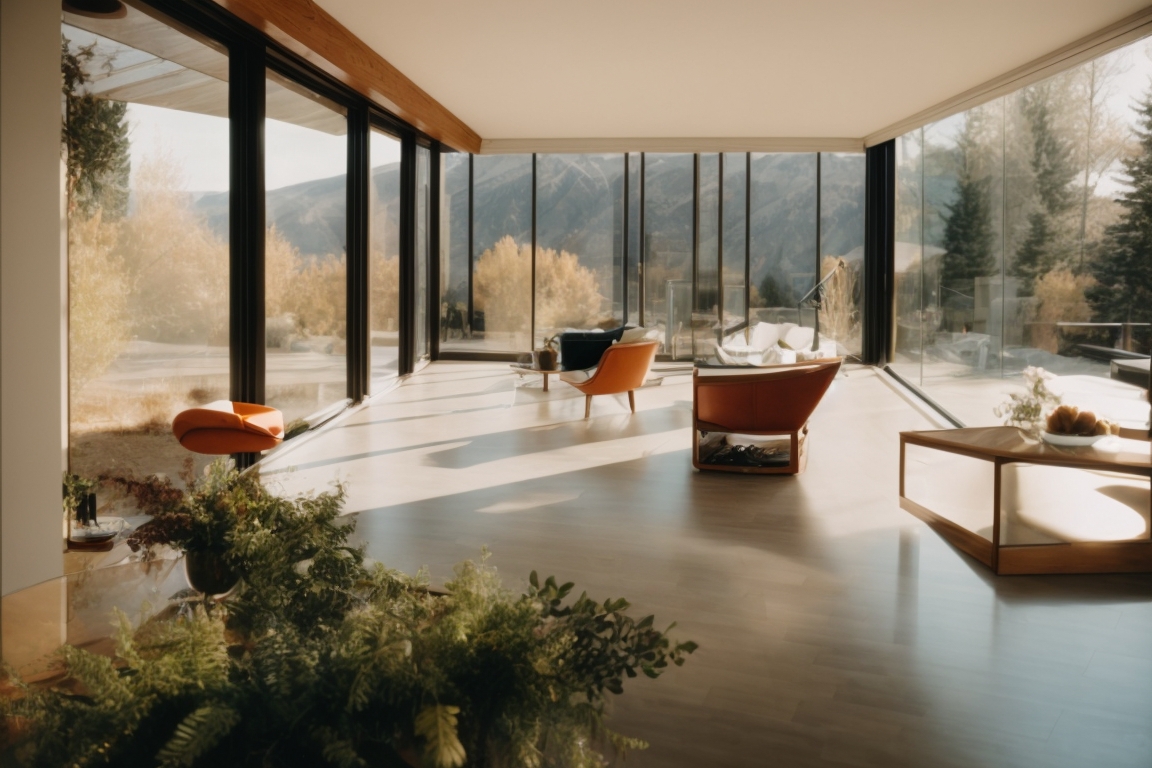
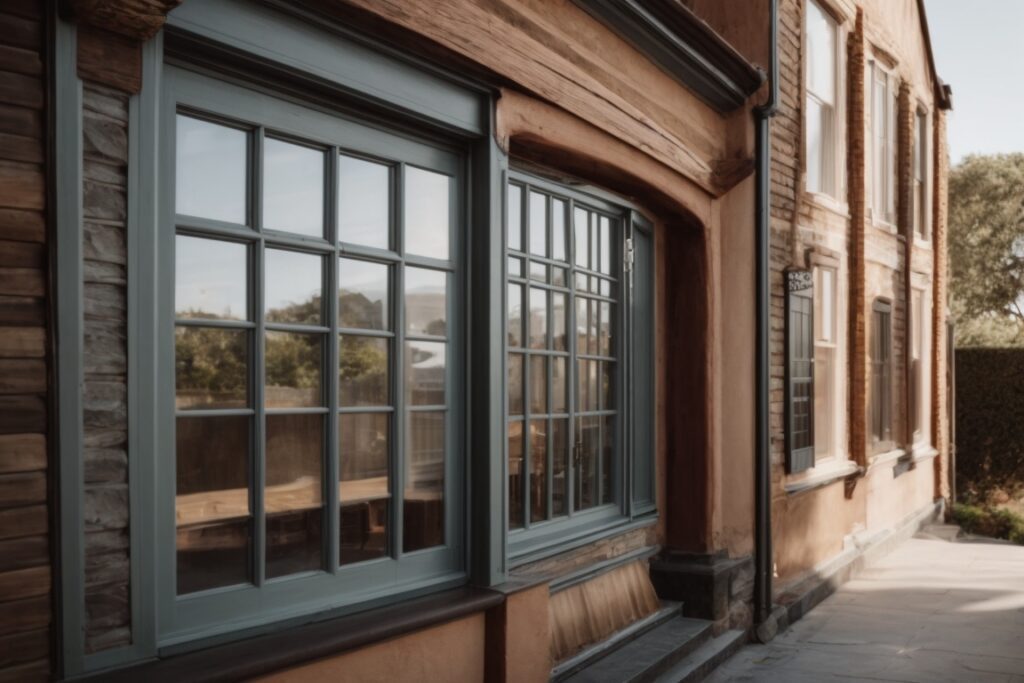
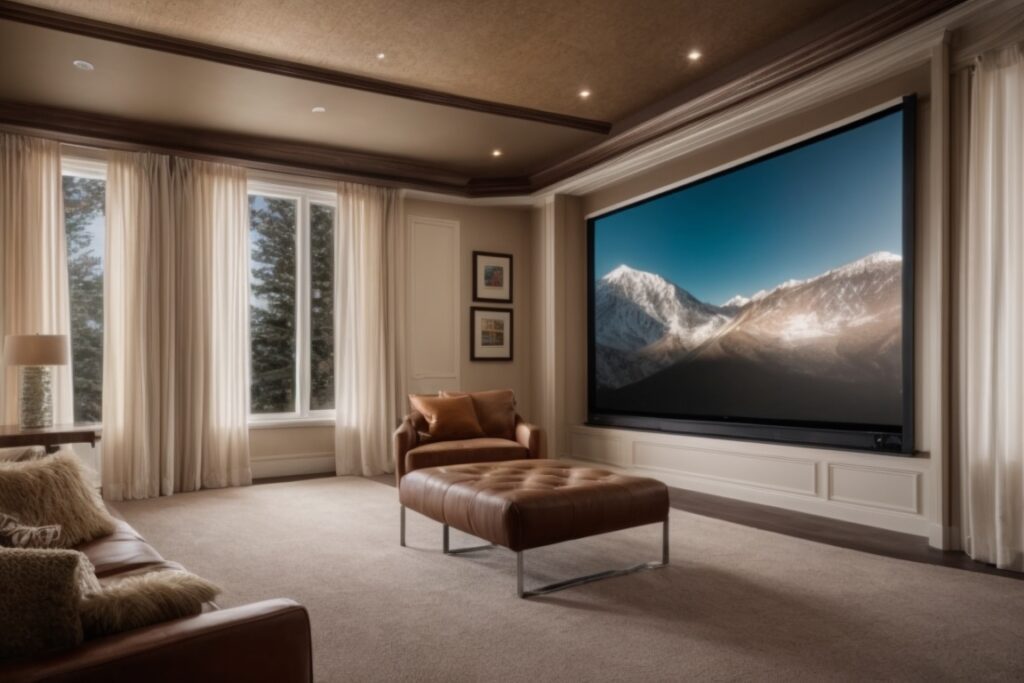

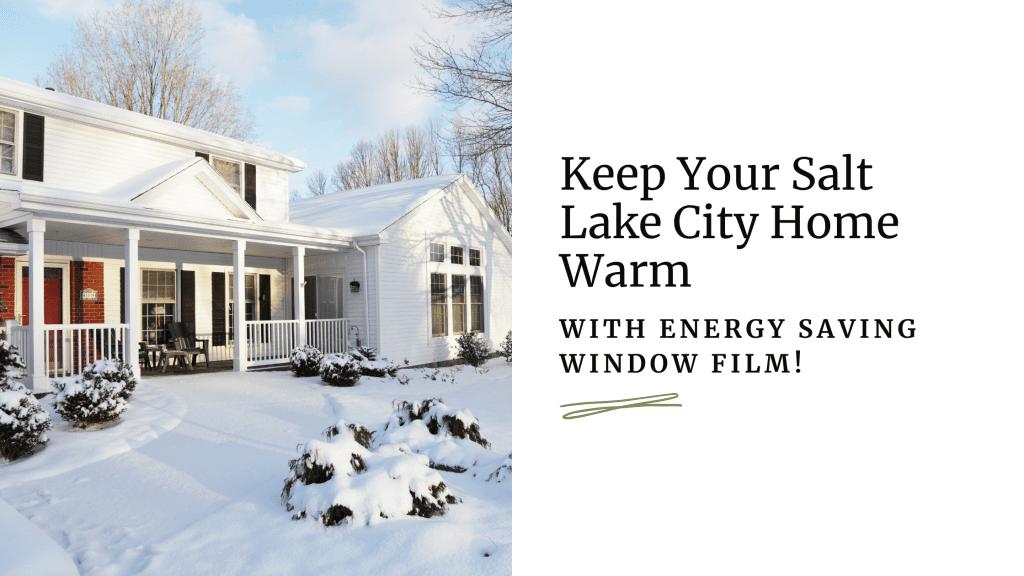
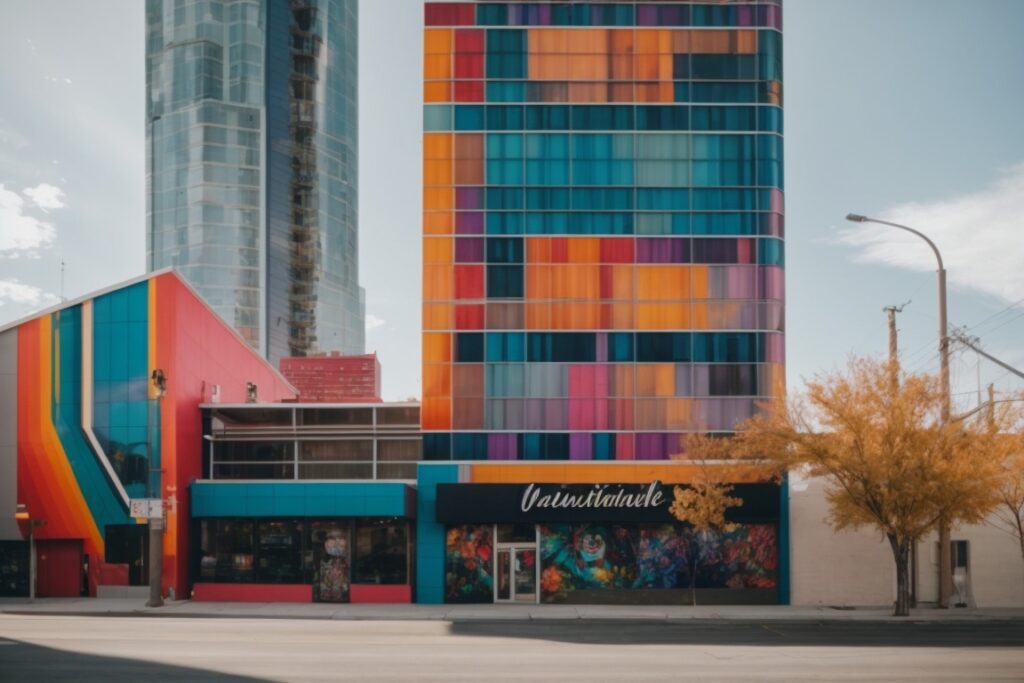
About The Author: Wfdadmin
More posts by wfdadmin